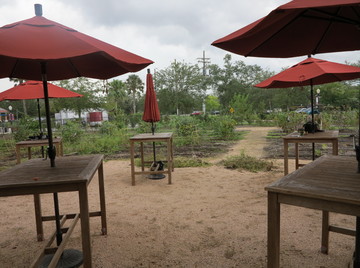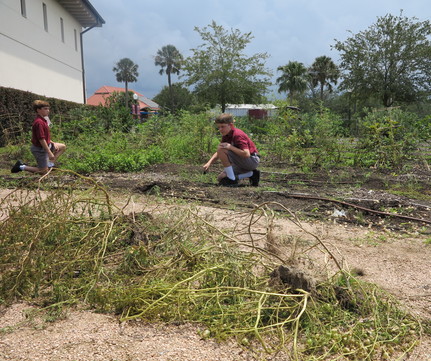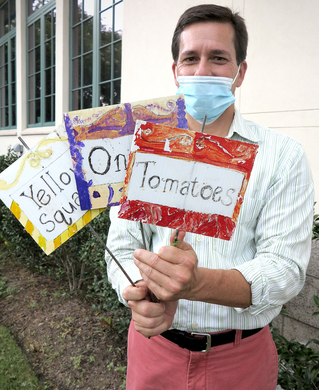
A platform that encourages healthy conversation, spiritual support, growth and fellowship

NOLACatholic Parenting Podcast
A natural progression of our weekly column in the Clarion Herald and blog

The best in Catholic news and inspiration - wherever you are!
Christian Brothers’ City Park garden cultivates green thumbs
-
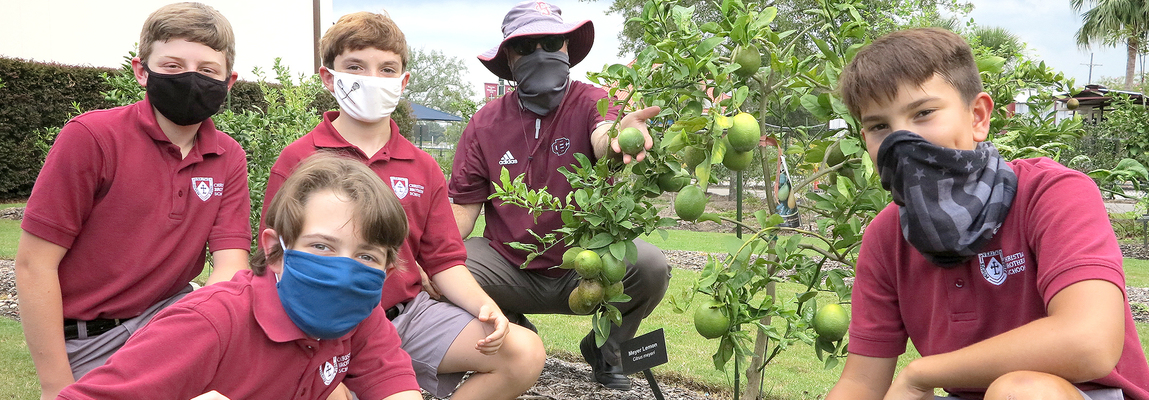
A related video can viewed at https://youtu.be/Cb_g4EDFU4U
Story and photos by Beth Donze, Clarion Herald
When life gives you turnips, make turnip soup.
That was the simple, yet powerful, lesson embraced by students who plant and maintain Christian Brothers’ Learning Landscape and Edible Garden, one of four “recess electives” available to all grades at the school’s City Park campus.
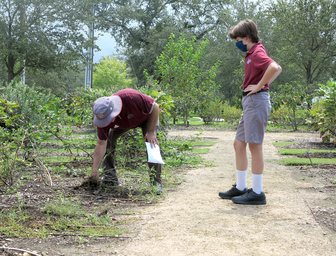
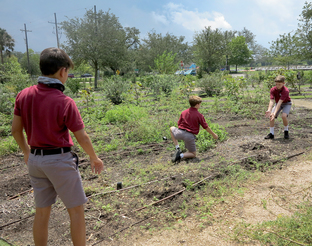 Last fall, when faced with bumper crops of turnips, collard greens and other vegetables from their 1,500-square-foot garden, Learning Landscape participants made the hearty soup with fresh produce and herbs they had raised from seed. They also made a salad with their own lettuces and beets, dressing it with a vinaigrette of lemons, garlic and chives – also procured from the garden.
Last fall, when faced with bumper crops of turnips, collard greens and other vegetables from their 1,500-square-foot garden, Learning Landscape participants made the hearty soup with fresh produce and herbs they had raised from seed. They also made a salad with their own lettuces and beets, dressing it with a vinaigrette of lemons, garlic and chives – also procured from the garden.
“We’re in the middle of cleaning up the summer vegetables – re-soiling and re-mulching those beds,” said Michael Prat, principal of Christian Brothers' City Park campus, speaking in August. Prat said students soon would be wheelbarrowing mud to the beds to elevate them higher off the ground – after noticing how water tended to pool and rot out plants in more low-lying beds over the swampy New Orleans summer.
“The boys do all the work. They do all the labor. We don’t have an outside group that comes in,” Prat said.
The bucolic outdoor classroom, installed in January 2019, was conceived by Prat and designed by his brother, Andrew. Its 500-square-foot herb garden hosts nearly two dozen different species of herbs, some used in the meals of the resident religious brothers.
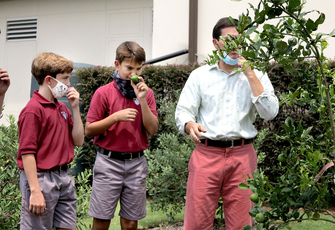 The remaining 1,000 square feet of garden space boasts a rotating parade of seasonal vegetables, including tomatoes, squash, carrots, green beans, radishes and cucumbers.
The remaining 1,000 square feet of garden space boasts a rotating parade of seasonal vegetables, including tomatoes, squash, carrots, green beans, radishes and cucumbers.
The Learning Landscape also features 40 different varieties of edible fruit and nut-bearing trees and shrubs – among them, olive, kumquat, guava, five orange varieties and three varieties each of persimmon, avocado and lime.
“‘Permaculture’ is the word we use to describe the way that it’s designed – and that is the design principle that things that are used on a more regular basis, such as herbs and vegetables, are located closer to the house, and the things (that are harvested) less often, like nut-bearing trees, are farther away,” Prat explained.
Sustainable, on-site sources of water, compost
Beyond the grunt work are hands-on lessons in how to make a garden as sustainable as possible. For example, the vegetable and herb gardens are irrigated with hoses filled solely by rainwater collected in barrels that can hold up to 4,500 gallons at a time.
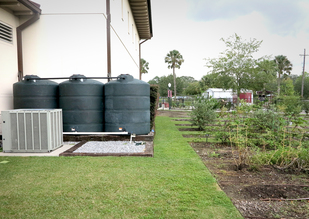 A continuous supply of rich soil is also available on site, thanks to the student body’s dedication to separating its food scraps, recyclable items and non-recyclable refuse at meal time. Learning Landscape students place the organic waste into a compost bin, shifting and watering the decomposing materials according to a schedule.
A continuous supply of rich soil is also available on site, thanks to the student body’s dedication to separating its food scraps, recyclable items and non-recyclable refuse at meal time. Learning Landscape students place the organic waste into a compost bin, shifting and watering the decomposing materials according to a schedule.
“We regularly test the soil for pH, because things like blueberries require a higher acidity – so we have to amend the soil,” Prat said.Other lessons touch on economics and service. Although in place for less than two years, the garden has shared its bounty with local soup kitchens and has netted about $500 in sales, Prat said. Students cut, clean, weigh, price and package their harvest, even designing the labels.
“(Sales revenue) goes back into the garden to keep it sustainable,” Prat said.
[email protected]
